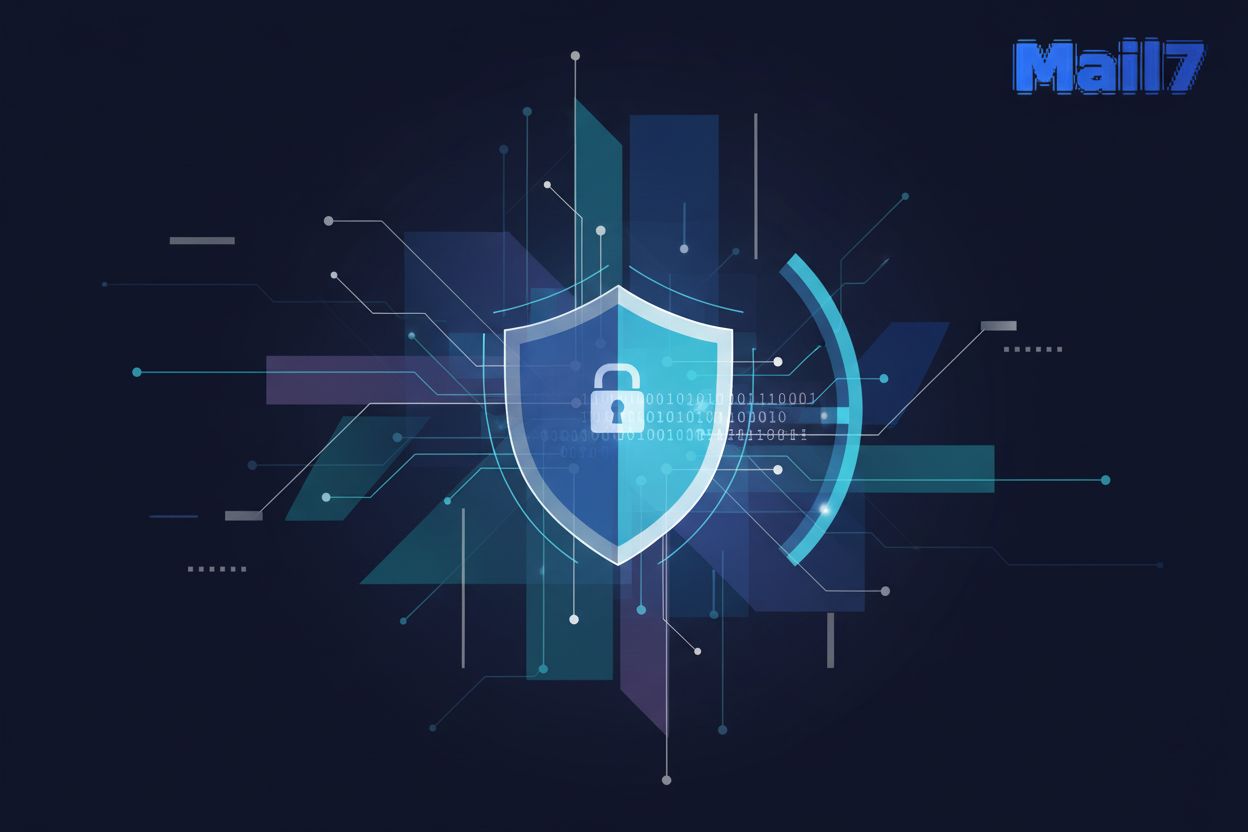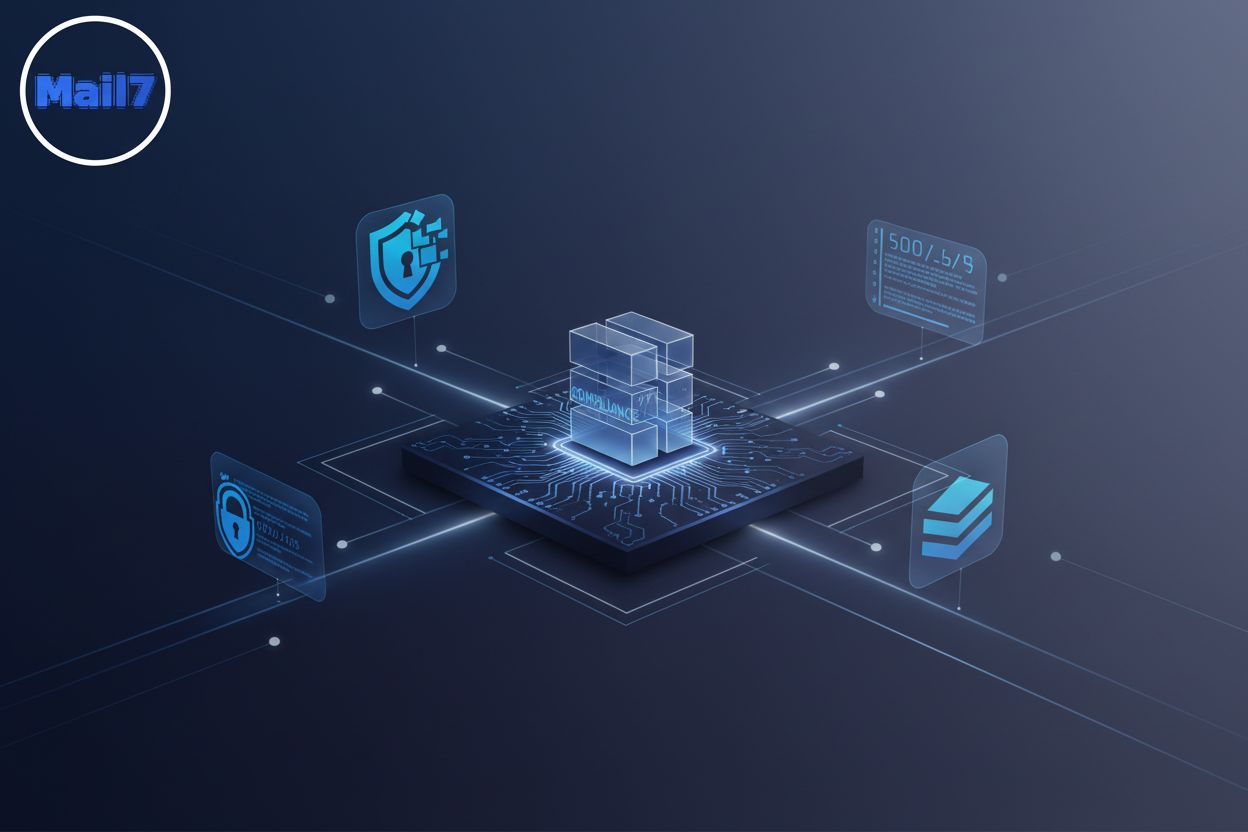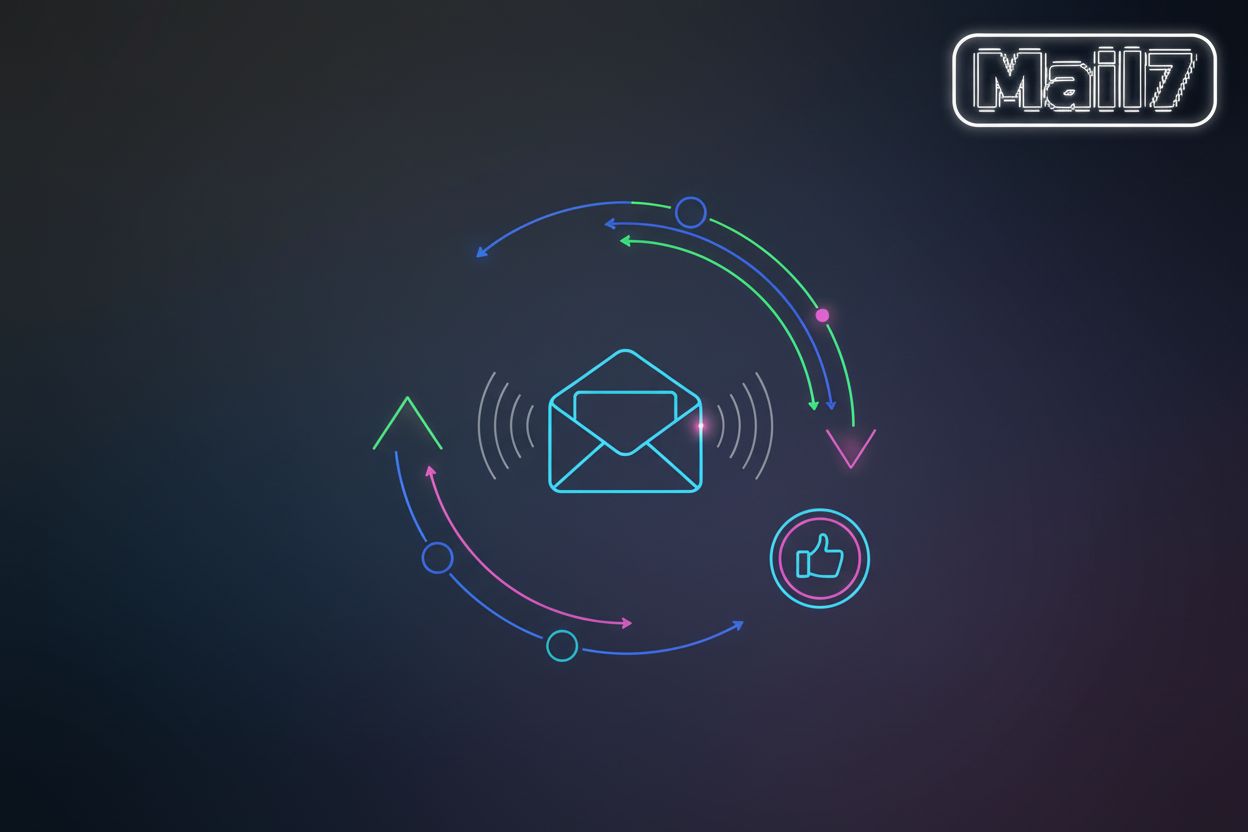Key requirements for email privacy regulations
TL;DR
Understanding the Landscape of Email Privacy Regulations
Okay, so, email privacy regulations... it's kinda like trying to herd cats, right? There's a LOT going on, and everyone's got their own agenda, but let's dive in.
- Global regulations are, like, the big picture. Think GDPR in Europe – it sets a pretty high bar for data protection. (Data protection under GDPR - Your Europe - European Union) Then you've got the ccpa and cpra in California The CPPA Issues Statement of Reasons for the California Privacy Rights Act Regulations Providing Guidance on Implementing the CCPA | White & Case LLP - which, BTW, are pretty serious about consumer rights. And now other states in the US are jumping on the bandwagon, too A New Year and New Compliance Requirements: Additional State Privacy Laws Take Effect in 2025. It's a real patchwork.
It's not just about ticking boxes on a form, though.
- Privacy policies are key. You gotta be upfront about what data you're snagging and what you're doing with it. As TOBIN SOLUTIONS notes, your policy needs to spell out who you share data with and how you're keeping it safe.
- Data collection has to be proportional. Maryland's Online Data Privacy Act, for example, is pretty strict, limiting data collection to what's "reasonably necessary." This is part of a broader trend of new state privacy laws taking effect, as highlighted by A New Year and New Compliance Requirements: Additional State Privacy Laws Take Effect in 2025. It's not a free-for-all!
Understanding this landscape is crucial, and it's just the first step, really. Next up: How all this impacts email testing and development. Trust me; it's gonna get interesting!
Key Requirements for Email Privacy Compliance
Okay, so you're probably thinking, "Another privacy regulation thing? Ugh." But trust me, getting this stuff right is super important-- not just to avoid fines, but to actually build trust with your users.
Here's the thing: email privacy compliance boils down to a few key requirements, and these isn't always as straightforward as you'd think:
- Data Minimization and Purpose Limitation: Basically, don't be a data hog. Only grab what you absolutely need, and only use it for the reason you said you would.
- For example, if you're a healthcare provider sending appointment reminders, don't start tacking on marketing fluff unless you got explicit permission first. Maryland's Online Data Privacy Act is pretty clear about this, limiting data collection to what's "reasonably necessary." This is part of a broader trend of new state privacy laws taking effect, as highlighted by A New Year and New Compliance Requirements: Additional State Privacy Laws Take Effect in 2025.
- Consent Management and Opt-In Mechanisms: This ain't the wild west; you can't just blast emails at anyone.
- You gotta get clear, explicit consent before you start hitting folks' inboxes with marketing stuff. And make it dead-simple for them to unsubscribe. No hidden links or confusing jargon.
- Be Transparent About Data Usage: As TOBIN SOLUTIONS notes, your policy needs to spell out who you share data with and how you're keeping it safe.
California's ccpa and cpra is pretty serious about consumer rights. Make sure your opt-in/opt-out options are crystal clear, easy to find, and actually work. The CPRA regulations emphasize that user interfaces shouldn't "subvert or impair consumer autonomy," as detailed in guidance from the CPPA The CPPA Issues Statement of Reasons for the California Privacy Rights Act Regulations Providing Guidance on Implementing the CCPA | White & Case LLP.
Imagine you're running an e-commerce site. Don't just bury the "unsubscribe" link at the very bottom of a wall of text. Make it a prominent button. And if someone opts out of marketing emails, actually take them off the list. Don't try to be sneaky and keep sending them stuff anyway.
Implementing Technical Safeguards for Email Privacy
Alright, so, technical safeguards for email privacy, huh? It's not just about having a fancy firewall– it's about building privacy into your systems. Think of it like this: you wouldn't build a house without a solid foundation, right? Same deal.
Encryption is your first line of defense. We're talking tls for email transmission, folks. And if you're dealing with super sensitive stuff? Go for end-to-end encryption. Gotta keep those prying eyes out. Plus, don't forget securing email storage with encryption at rest. I mean, what's the point of encrypting the emails as they travel if the destination is not secure?
Email verification and validation is also key. You don't want to be sending emails into the void, or worse, to spammers. Verify those addresses! Use an api for real-time verification during signup. This helps privacy by preventing the collection of invalid or malicious email addresses, which can reduce the risk of data breaches or unauthorized access. Common methods include syntax checks, domain checks, and even real-time mailbox confirmation.
Anonymization and pseudonymization ain't just buzzwords. Anonymization is removing Personally identifiable information. Pseudonymization is replacing pii with pseudonyms. These are crucial for email privacy because they help protect user data. For instance, when analyzing email engagement metrics, you might pseudonymize user IDs to avoid directly linking activity back to individuals. This is especially important for systems that store or process email content or metadata.
Imagine a small healthcare provider. They're using tls to send appointment reminders but also use a separate, encrypted channel for actual medical records. Keeps things neat and safe, you know?
And as globalprivacywatch.com points out, it's not just about the tech, it's about training your team.
Navigating SMTP Testing and Email Delivery
So, you're dealing with email privacy, huh? It's not as simple as just hitting 'send' anymore. Gotta make sure you're not stepping on any toes, especially when it comes to smtp testing and email delivery.
- First off, secure smtp configuration is key. Think tls all the way to keep those emails safe while they're traveling.
- Don't forget about authentication mechanisms. You don't want just anyone hopping on your smtp server, right? Lock that thing down.
- Keep an eye on those smtp logs. Weird stuff happening? Investigate!
- And seriously, keep your smtp server software updated! Patches are there for a reason – security holes plugged.
It's like, you wouldn't leave your front door unlocked, right? Same principle applies here.
The Impact on Email Testing and Development
Alright, so, how does all this privacy stuff actually mess with how we test and build emails? It's a pretty big deal, honestly.
First off, consent is king. You can't just test sending emails to a massive list you scraped from somewhere. Your test data needs to reflect actual, consented users. This means your testing environments might need to simulate opt-in processes and manage consent statuses. It’s not just about sending a test email; it’s about testing the entire journey, including how consent is handled.
Then there's data handling. When you're testing personalization or dynamic content, you gotta be super careful about the data you're using. Using real PII in a testing environment is a huge no-no. So, you'll be relying more on anonymized or pseudonymized data for your tests. This might mean your test results aren't exactly like production, but it's a necessary trade-off for privacy.
Deliverability testing gets a bit more complex too. If your email service provider (ESP) or sending platform has stricter data collection or consent requirements, your testing needs to account for that. You might need to ensure your test campaigns comply with these rules, even in a sandbox environment.
And honestly, it means developers and testers need to be more aware of privacy implications from the get-go. It's not an afterthought anymore. You're not just building a cool email; you're building a compliant one. This might mean more back-and-forth with legal or compliance teams, and a need for better documentation around data flows and consent.
Staying Updated and Maintaining Compliance
You know, staying on top of email privacy regulations ain't a one-time thing. It's more like a never-ending game of whack-a-mole—you gotta keep your eyes peeled!
Regularly Review and Update Privacy Policies: Your privacy policy should be a living document. As termly.io notes, you should update your privacy policy whenever you change your data processing or collection activities.
- For example, if a retail company starts using a new ai-powered tool to personalize email offers, they'd need to update their policy to reflect this.
Conduct Data Protection Impact Assessments (dpia) for New Projects: Before rolling out any new email marketing campaigns or systems, do a dpia.
- Think of a healthcare provider implementing a new patient communication platform; they should assess potential privacy risks before launch.
Monitor Regulatory Changes and Enforcement Actions: Laws are always evolving.
- For example, several states are introducing comprehensive privacy laws, as globalprivacywatch.com points out, staying informed about these changes is crucial.
Stay Informed About Emerging Privacy Technologies and Best Practices: New tech can help you stay compliant, but you gotta know what's out there.
- Keep an eye on developments in encryption, anonymization, and consent management tools.
So, you've got to make compliance an ongoing process, not just a checkbox to tick off. And it can be tough, but it's worth it in the long run.





